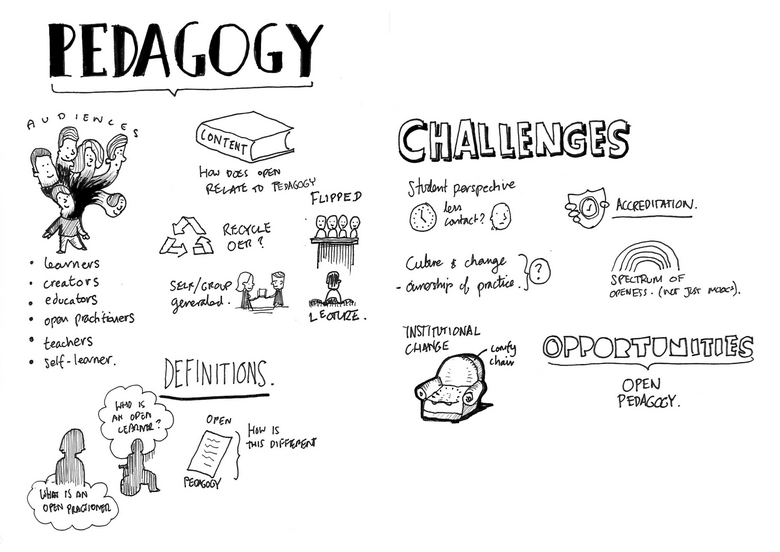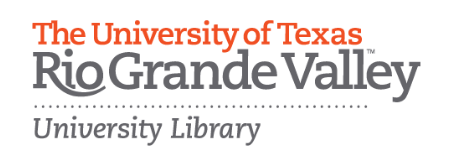Other Approaches to Open Pedagogy

Renewable assignments are not the only approach to Open Pedagogy, although they may be the most common. Some other related methods include textbook replacement and enhancement and open course design.
Textbook Replacement & Enhancement
Students can collaborate with instructors and their peers to create, adapt, and/or remix OER for a course. Though students may be beginners with most of the content in your course, they are often more adept than you at understanding what beginning students need in order to understand the material. Asking students to help reframe and re-present course content in new and inventive ways can add valuable OER to the Open Education community while also allowing for the work that students do in courses to go on to have meaningful impact once the course ends. Consider these two examples:
- An Open Companion to Early British Literature, a textbook developed and edited by Allegra Villarreal with over 100 Austin Community College students contributing footnotes, introductory chapters, digital learning objects, and test bank questions with a student audience in mind.
- The brief explainer videos created by Psychology students around the world and curated by the NOBA Project.
Even the simple act of adding problem sets or discussion questions to an existing open textbook will help contribute to knowledge, to the quality of available OER, and to your students’ sense of doing work that matters. The adaptation of the open textbook Project Management for Instructional Designers by successive cohorts of graduate students at Brigham Young University provides an excellent example of this approach.
Open Course Design
Build course policies, outcomes, assignments, rubrics, and schedules of work collaboratively with students. Once we involve students in creating or revising OER or in shaping learning architectures, we can begin to see the syllabus as more of a collaborative document, co-generated at least in part with our students. Can students help craft course policies that would support their learning, that they feel more ownership over? Can they add or revise course learning outcomes in order to ensure the relevancy of the course to their future paths? Can they develop assignments for themselves and/or their classmates, and craft rubrics to accompany them to guide an evaluative process? Can they shape the course schedule according to rhythms that will help maximize their efforts and success?
Students also may assist in curating course content. Your course is likely split into a predictable number of units (fourteen, for example) to conform to the academic calendar of the institution within which the course is offered. We would probably all agree that such segmenting of our fields is somewhat arbitrary; there is nothing ontological about Introduction to Psychology being fourteen weeks long (or spanning twenty-eight textbook chapters, etc.). And when we select a novel for a course on postcolonial literature or a lab exercise for Anatomy and Physiology, we are aware that there are a multitude of other good options for each that we could have chosen. We can involve students in the process of curating content for courses, either by offering them limited choices between different texts or by offering them solid time to curate a future unit more or less on their own (or in a group) as a research project. The content of a course may be somewhat prescribed by accreditation or field standards, but within those confines, we can involve students in the curation process, increasing the level of investment they have with the content while helping them acquire a key twenty-first century skill.
Whatever methods for Open Pedagogy you use, there are some important considerations outlined in the next, and final, section of this unit.

